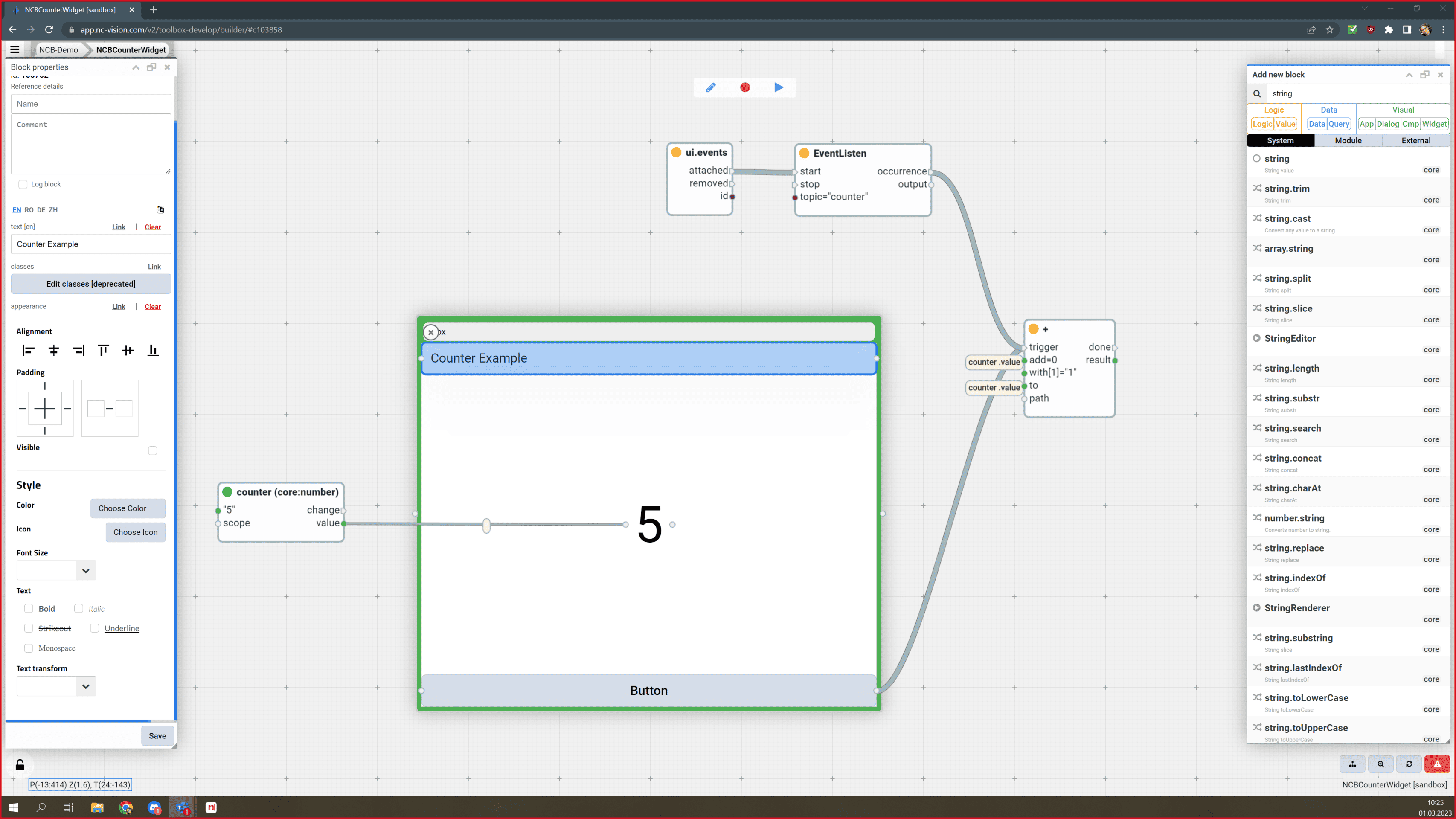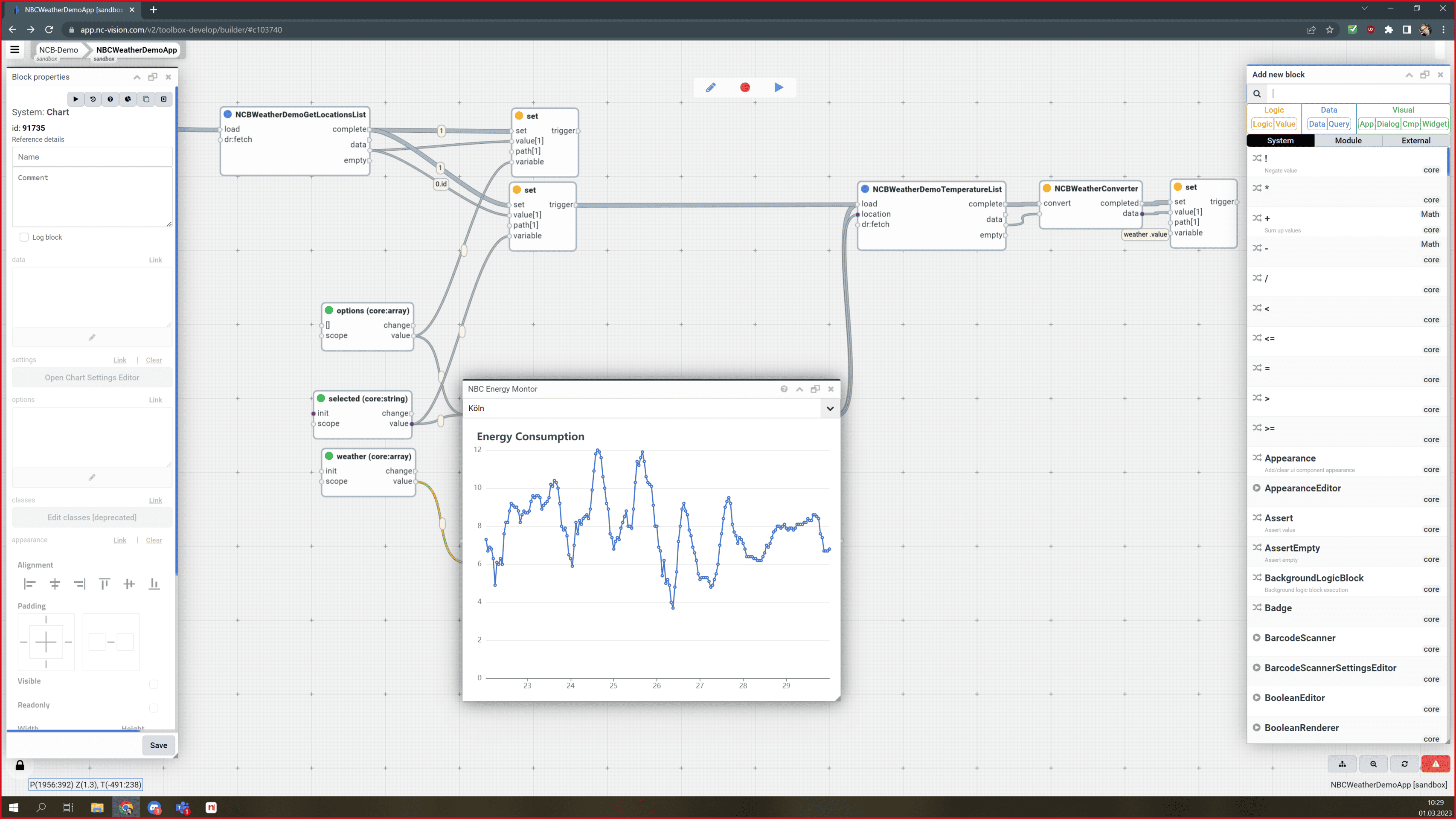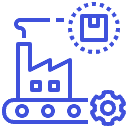
Are you ready to unlock the secrets to skyrocketing productivity and efficiency within your organization? Dive into the world of standardized work procedures and discover the key to optimizing your operations like never before. In this article, we delve into the transformative power of implementing standardized work procedures, equipping you with the tools to streamline processes, boost quality, and drive sustainable success.
By embracing standardized work procedures, businesses can establish clear guidelines and best practices that eliminate guesswork, reduce errors, and enhance overall performance. From minimizing wastage to maximizing output, the benefits are truly game-changing. Join us on a journey to master efficiency and revolutionize the way you work.
Prepare to witness a paradigm shift in your operations as we unveil the untapped potential of standardized work procedures. It’s time to embrace a new era of productivity and propel your organization to unprecedented heights.
Understanding Standardized Work Procedures
Standardized work procedures are crucial frameworks that define the most efficient method to perform a specific task within an organization. These procedures include detailed, step-by-step instructions that guide employees on how to carry out their work consistently and effectively. By documenting these processes, businesses can ensure that every team member understands their responsibilities and the correct way to execute their tasks. This clarity not only enhances individual performance but also contributes to the overall productivity of the organization.
The concept of standardized work procedures is rooted in the principles of continuous improvement and quality management. By analyzing workflows and identifying best practices, organizations can create standardized procedures that minimize variability and reduce the likelihood of errors. These documents serve as a reference point, ensuring that tasks are performed uniformly, regardless of who is carrying them out. In essence, standardized work procedures bridge the gap between theory and practice, offering a practical approach to achieving operational excellence.
Moreover, standardized work procedures promote accountability and ownership among employees. When procedures are clearly outlined, team members can take pride in their work, knowing exactly how their contributions fit into the broader organizational goals. This sense of ownership can lead to increased motivation and job satisfaction, as employees feel empowered to deliver high-quality outputs consistently. Ultimately, understanding and implementing standardized work procedures lays the foundation for a culture of efficiency and excellence within any organization.
Importance of Standardized Work Procedures
Implementing standardized work procedures is vital for several reasons, starting with the reduction of variability in work processes. Variability can lead to inconsistencies in product quality and service delivery, which can negatively impact customer satisfaction. By standardizing work procedures, organizations can establish benchmarks that ensure each product or service meets specific quality standards. This consistency not only enhances customer trust but also fosters brand loyalty, as clients recognize the reliability of the organization’s offerings.
Another significant aspect of standardized work procedures is their role in training and onboarding new employees. When new hires join an organization, they often face a steep learning curve as they familiarize themselves with company processes. Standardized work procedures act as a valuable training tool, providing clear guidelines that new employees can refer to as they learn their roles. This structured approach not only accelerates the onboarding process but also helps new team members feel more confident in their abilities, ultimately leading to higher retention rates.
Furthermore, standardized work procedures facilitate continuous improvement efforts within organizations. By regularly reviewing and updating these procedures, businesses can identify areas for enhancement and implement changes that drive efficiency. This ongoing process encourages a culture of innovation, where employees are motivated to suggest improvements and contribute to the organization’s success. In summary, the importance of standardized work procedures lies in their ability to enhance quality, streamline training, and promote a culture of continuous improvement.
The Science Behind Standardized Work Procedures
The development of standardized work procedures is grounded in various scientific principles, particularly those related to workflow optimization and human factors. One of the key theories that underpin standardized work is the concept of process mapping. This technique involves visualizing the sequence of steps required to complete a task, allowing organizations to identify inefficiencies and bottlenecks. By mapping out processes, teams can pinpoint areas for improvement and develop standardized procedures that streamline operations.
Another scientific aspect of standardized work procedures is the application of Lean methodology. Lean principles emphasize the elimination of waste and the optimization of value-added activities. By adopting a Lean approach, organizations can create standardized work procedures that focus on maximizing efficiency while minimizing resources. This methodology encourages teams to continuously evaluate their processes, ensuring that standardized procedures evolve alongside changing business needs.
Additionally, the field of ergonomics plays a crucial role in the design of standardized work procedures. Understanding how physical and cognitive factors impact employee performance can inform the development of procedures that enhance productivity and reduce the risk of injury. By considering the human element in their processes, organizations can create work environments that support employee well-being and performance, further reinforcing the effectiveness of standardized work procedures.
Implementing Standardized Work Procedures
The implementation of standardized work procedures requires a systematic approach that involves several key steps. First, organizations must conduct a thorough analysis of existing processes to identify inefficiencies and areas for improvement. This initial assessment may involve gathering input from employees at all levels, as they often have valuable insights into the challenges they face in their daily tasks. Engaging employees in this process not only fosters a sense of ownership but also helps ensure that the resulting standardized procedures are practical and relevant.
Once the analysis is complete, the next step is to develop clear and concise documentation of the standardized work procedures. This documentation should include detailed instructions, visual aids, and any relevant metrics that can help employees understand the expected outcomes. It’s essential to ensure that the procedures are easy to follow and accessible to all team members. Utilizing a collaborative approach during this stage can encourage input from various stakeholders, enhancing the quality of the final documentation.
After the procedures have been developed, organizations must focus on effective communication and training to ensure successful implementation. This involves sharing the new procedures with all employees and providing the necessary training to help them understand and adopt the changes. Ongoing support and feedback mechanisms should also be established to address any questions or concerns that may arise during the transition. By prioritizing communication and training, organizations can foster a smoother implementation process and reinforce the importance of standardized work procedures.
Benefits of Standardized Work Procedures
The benefits of standardized work procedures extend far beyond mere compliance with organizational policies; they have a profound impact on overall efficiency and productivity. One of the primary advantages is the significant reduction in errors and rework. When employees have clear guidelines to follow, the likelihood of misunderstandings and mistakes diminishes. This leads to fewer defects in products and services, ultimately saving time and resources while enhancing customer satisfaction.
Another notable benefit is the improved efficiency of processes. Standardized work procedures streamline workflows by eliminating unnecessary steps and redundancies. Employees can focus on value-added activities rather than navigating through ambiguity. As a result, organizations experience enhanced operational speed, enabling them to respond more effectively to market demands and customer needs. This agility is particularly crucial in today’s fast-paced business environment, where the ability to adapt can be a key differentiator.
In addition to operational benefits, standardized work procedures can also contribute to better employee morale and engagement. When team members clearly understand their roles and responsibilities, it fosters a sense of security and confidence in their work. Employees are more likely to take ownership of their tasks and feel empowered to contribute to continuous improvement initiatives. This positive work environment can lead to higher job satisfaction, lower turnover rates, and ultimately, a more committed workforce dedicated to the organization’s success.
Tools for Creating and Managing Standardized Work Procedures
Creating and managing standardized work procedures requires the right tools and resources to ensure effectiveness and accessibility. One of the most effective tools for developing these procedures is process mapping software. This type of software allows organizations to visualize workflows, identify inefficiencies, and document standardized procedures in a clear and organized manner. By utilizing process mapping tools, teams can create detailed diagrams that illustrate each step of a task, making it easier for employees to understand and follow.
Document management systems are also essential for storing and sharing standardized work procedures. These systems enable organizations to centralize their documentation, ensuring that all employees have access to the most up-to-date procedures. By implementing a document management system, organizations can streamline the process of updating procedures and easily communicate changes to the workforce. This accessibility fosters a culture of compliance, as employees can refer to the latest guidelines whenever needed.
Additionally, training and onboarding platforms play a critical role in the successful implementation of standardized work procedures. These platforms can facilitate the delivery of training materials, assessments, and resources related to standardized processes. By utilizing e-learning solutions, organizations can provide employees with interactive and engaging content that reinforces their understanding of standardized work procedures. This comprehensive approach to training ensures that employees are not only aware of the procedures but also equipped to execute them effectively.
Training Employees on Standardized Work Procedures
Training employees on standardized work procedures is a fundamental aspect of successful implementation. It begins with a thorough orientation program that introduces new hires to the organization’s processes and expectations. This program should include an overview of the importance of standardized work procedures and how they contribute to overall efficiency and quality. By emphasizing the significance of these procedures from the outset, organizations can instill a sense of responsibility and accountability in their employees.
Hands-on training sessions are an effective method for ensuring that employees grasp the standardized work procedures. These sessions should involve practical demonstrations and simulations of the tasks outlined in the procedures. Employees can observe experienced team members performing the tasks, followed by opportunities to practice under supervision. This experiential learning approach helps reinforce understanding and builds confidence in executing standardized procedures.
Moreover, ongoing training and refresher courses are essential for maintaining employee proficiency in standardized work procedures. As processes evolve and improvements are made, organizations must ensure that employees are kept up to date with any changes. Regular training sessions, workshops, and feedback mechanisms can help reinforce the importance of adherence to standardized procedures. By fostering a culture of continuous learning, organizations can ensure that employees remain engaged and committed to executing their roles effectively.
Overcoming Challenges in Implementing Standardized Work Procedures
While the benefits of standardized work procedures are substantial, organizations may encounter challenges during implementation. One common hurdle is resistance to change among employees. Many individuals may be accustomed to established routines and may view standardized procedures as a threat to their autonomy. To address this resistance, organizations should prioritize communication and involve employees in the development of standardized procedures. By soliciting feedback and addressing concerns, organizations can foster a sense of ownership and buy-in from their workforce.
Another challenge lies in the need for ongoing maintenance and updates of standardized work procedures. As organizational processes evolve, it’s crucial to regularly review and revise procedures to reflect changes in best practices or technology. Without a structured approach to updating procedures, documentation can quickly become outdated, leading to confusion and potential errors. Organizations should establish a designated team or individual responsible for overseeing the review process, ensuring that standardized procedures remain relevant and effective.
Lastly, organizations may struggle with ensuring consistent adherence to standardized work procedures. Human error can occur, even with clear guidelines in place. To promote compliance, organizations should create a culture of accountability where employees understand the importance of following procedures. Regular audits and performance assessments can help identify areas where adherence may be lacking. Additionally, recognizing and rewarding employees who consistently follow standardized procedures can reinforce positive behavior and encourage a commitment to excellence.
Conclusion and Key Takeaways
In conclusion, mastering efficiency through standardized work procedures is a transformative journey for organizations. By understanding the principles of standardized work, businesses can harness the power of consistency, quality, and accountability. The implementation of standardized procedures not only minimizes errors and enhances productivity but also fosters employee engagement and satisfaction.
As organizations embark on this journey, it is crucial to recognize the importance of thorough training, effective communication, and ongoing maintenance of standardized procedures. By overcoming challenges and embracing a culture of continuous improvement, businesses can adapt to changing environments and drive sustainable success.
Ultimately, the key takeaways from this exploration of standardized work procedures include the recognition of their role in enhancing operational efficiency, the significance of employee involvement in the implementation process, and the need for ongoing commitment to quality and improvement. As organizations strive for excellence, embracing standardized work procedures will undoubtedly unlock new levels of productivity and success.



Made for production, manufacturing, and beyond:
Ready to transform your manufacturing operations with a true no-code platform? Schedule a Free Platform Tour today to explore how NC-Vision can help you achieve your goals and unlock the full potential of your business.
NC-Vision is committed to helping the manufacturing industry make the most of no-code software development. We offer a range of no-code solutions that enable companies to quickly and easily create custom solutions that are tailored to their needs. Our tools allow companies to create solutions faster, more cost-effectively, and with more customization than ever before.












